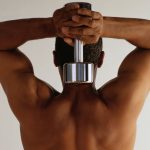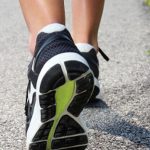
Ever wonder what top trainers tell their best clients? Personal trainers excel in mapping out individualized exercise programs. And they also offer insights that can help fitness buffs stay motivated. Here are some of their best tips: Remember the cliche “Rome wasn’t built in a day” and take a long-term view of your goals. Just as you can’t lose 10 pounds overnight, it will take time to develop muscle and get you closer to the body you desire. It’s great to have an image of more defined pecs or glutes in your mind; just give yourself time to get there. Don’t rush through your workouts. That leads to bad form, which is not only ineffective but a setup for injury. If you’re not sure how to do an exercise, don’t waste time struggling — get one-on-one instruction. Working with a personal trainer, for even just a session or two, may be worth the fee. Think of it as an investment in your long-term health. Recognize that on some days you may not be able to do your entire routine because of a time crunch or just because you’re tired. That doesn’t mean you have to forgo all exercise that day. Shorten your planned workout or find ways to get in 5 minutes here, 10 minutes there. Use apps, online videos and tried-and-true DVDs to learn… read on >
























-300x200.jpg)










